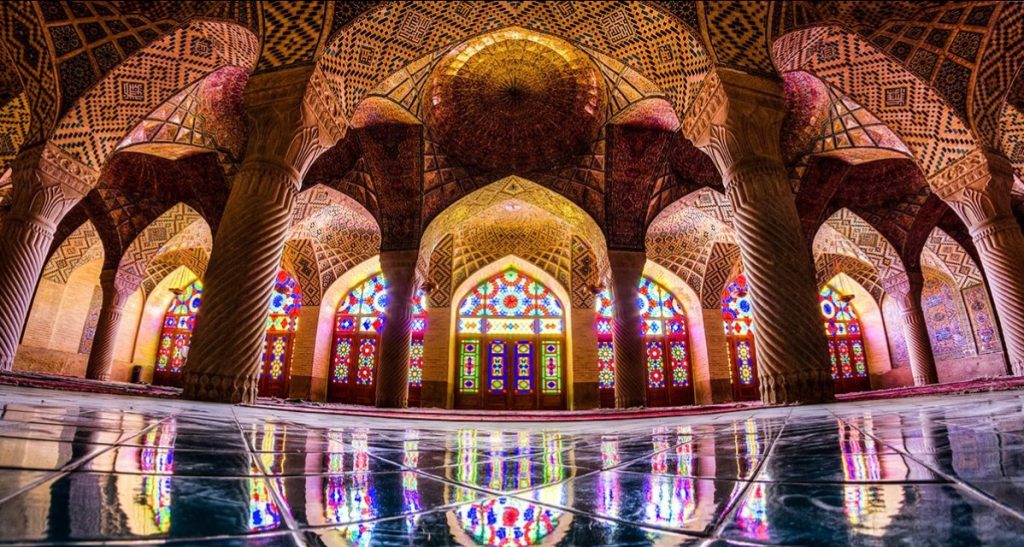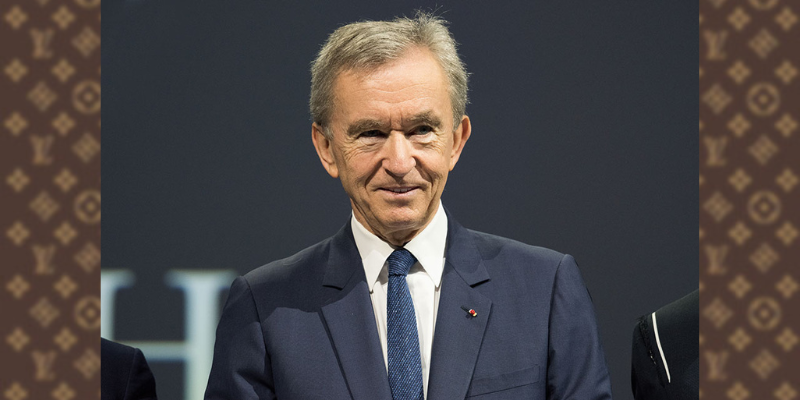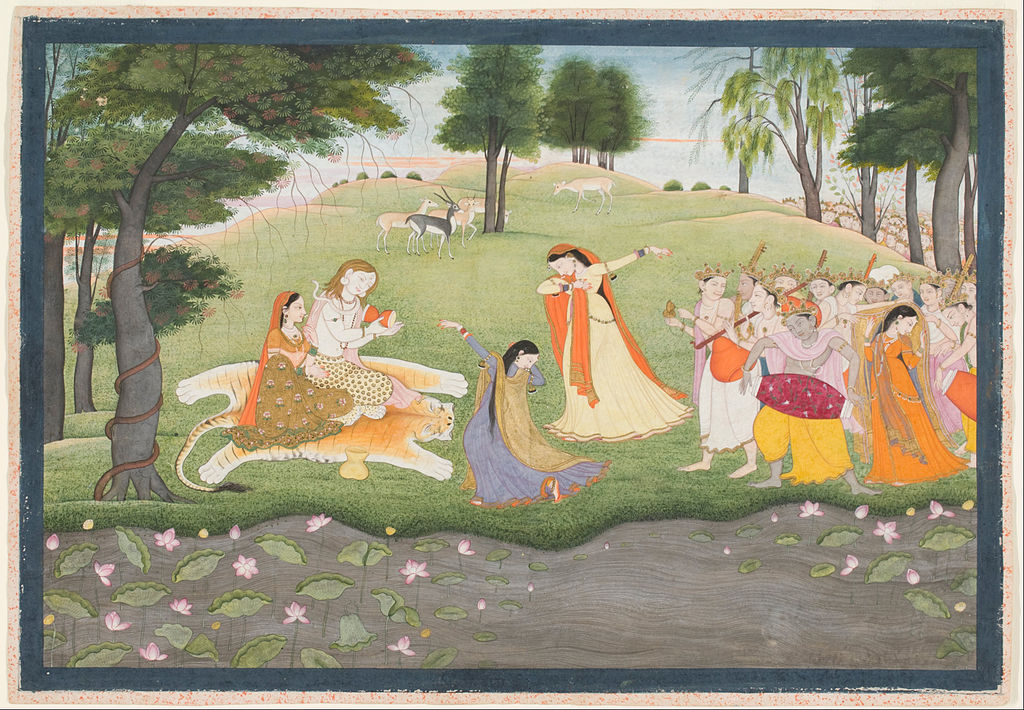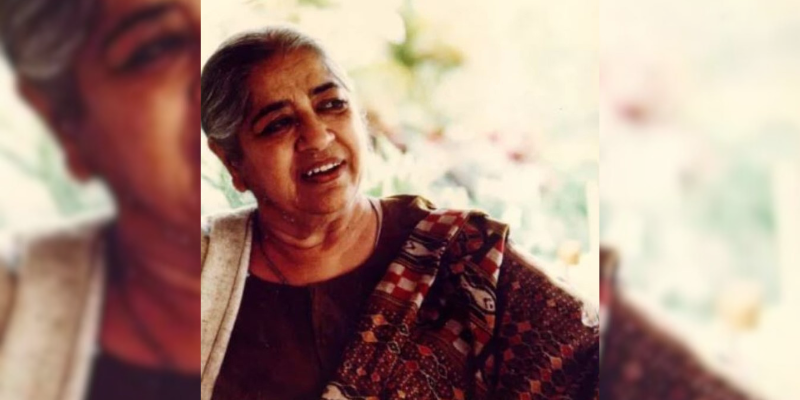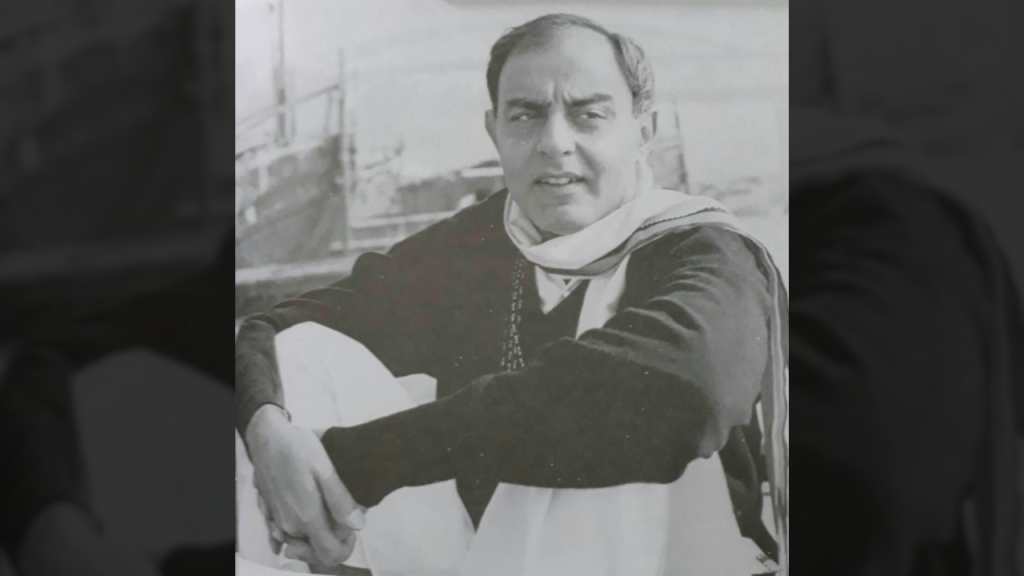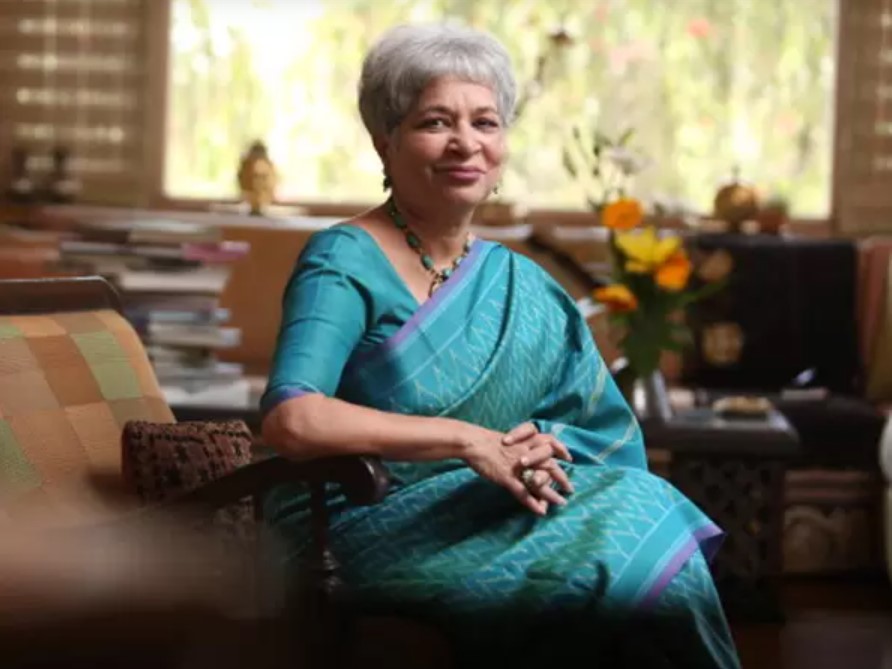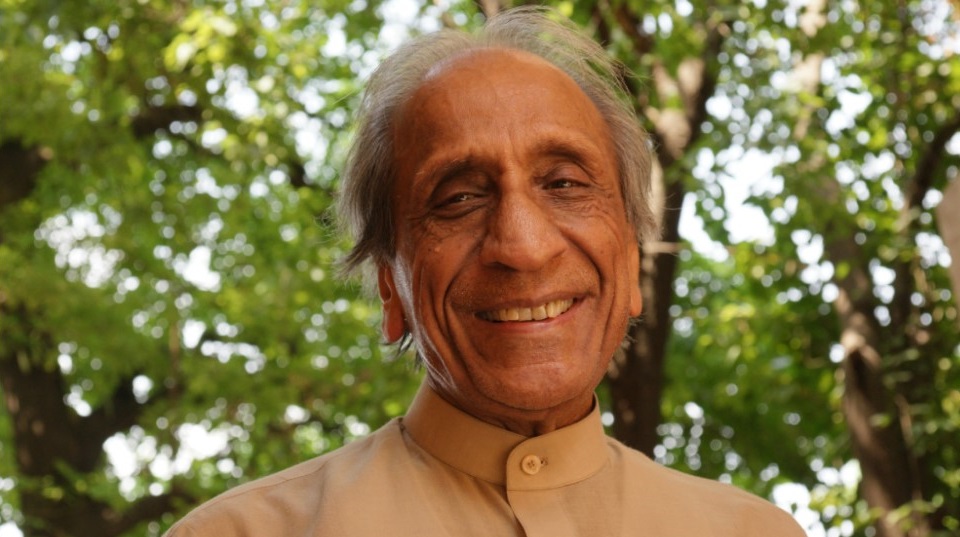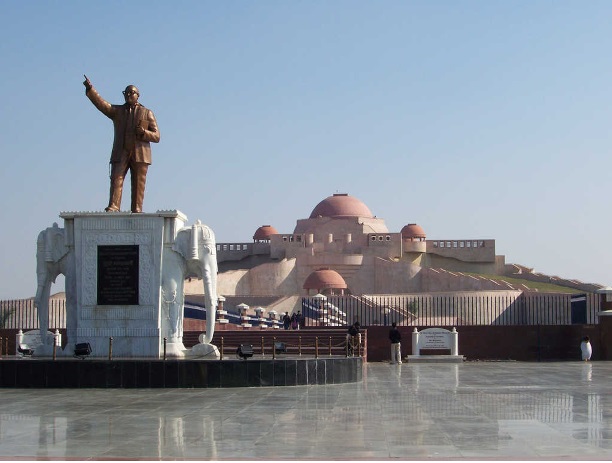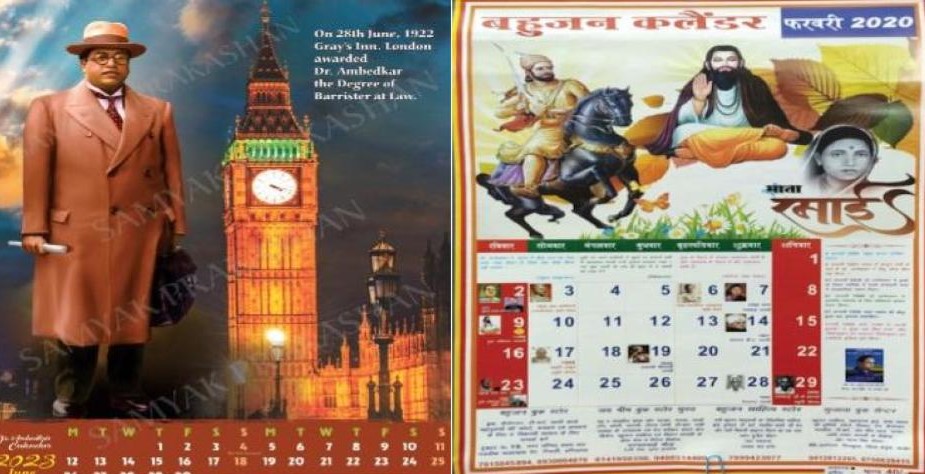The Altering Landscapes of Culture and Religion in Iran Through Pre- and Post-Islamic Architecture
Iranian architecture extends back at least 5,000 years, with distinctive examples across Turkey and Iraq to Uzbekistan and Tajikistan and from the Caucasus to Zanzibar. Persian/Iranian architecture has been described as “the most majestic structures the world has ever seen,” however, it also includes myriad buildings, including peasant huts, tea houses, gardens, palaces, pavilions, gates, and mosques. […]

